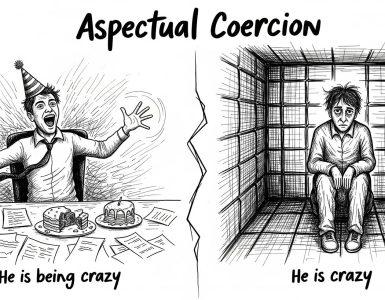Phrasal verbs are one of the most common grammatical structures in the English language and this makes recognizing them important. If you are an English learner you may have come across some tricky verbs that may look like a normal verb but are considered a phrasal verb or vice versa. Here, we are going to go through the exact measures of how to recognize a phrasal verb.
Different types of phrasal verbs
|
Particle vs adverb vs preposition
particles and adverbs are relatively similar in the sense that they do not need a noun to come directly after them. Prepositions on the other hand must always have a noun after them. The difference between particles and nouns is mostly in their meanings. Particles do not have the same meaning without the verb they are connected to. here are some examples:
- to check out
In this example “out” is a particle because it does not have the same meaning it has when it is used alone as an adverb.
- to go inside
In this example “inside” is an adverb of place, because even if you change the verb it holds its meaning (for example if you change it to “walk inside”)
- depend on (sth)
In this example, it is impossible to use the verb “depend on” without a noun after it. “on” here is clearly a preposition.
1- Verb + Particle
These phrasal verbs are the easiest ones to recognize and are the ones that are considered by everyone to be phrasal verbs. Here the verb and the particle make up a completely new verb with a new meaning for example:
- to put on
- to check out
- to end up
Here the particle does not have an association with its meaning as a preposition or adverb.
2- Verbs + Adverb like particles
These phrasal verbs are considered by everyone to be phrasal verbs mostly because the particle resembles an adverb in every way. Nonetheless, most dictionaries nowadays recognize them as phrasal verbs. It is mostly due to the fact that they have a few meanings that go beyond the common meaning of the adverb.
- to go out
- to cut off
- to go in
3- Verbs + Preposition
This one may be the most tricky one. You should be very careful that not all verb+prepositions are considered phrasal verbs. This category only includes verbs that can not be used without a special preposition. here are some examples:
- to depend on
- to rely on/upon
Why is this important?
Understanding this can help you recognize separable and inseparable verbs quite easily. In the type one and two verbs if the verb is transitive (needs an object) it is almost always a separable verb. here are some examples:
- to put (sth) on
- to go in




Add comment